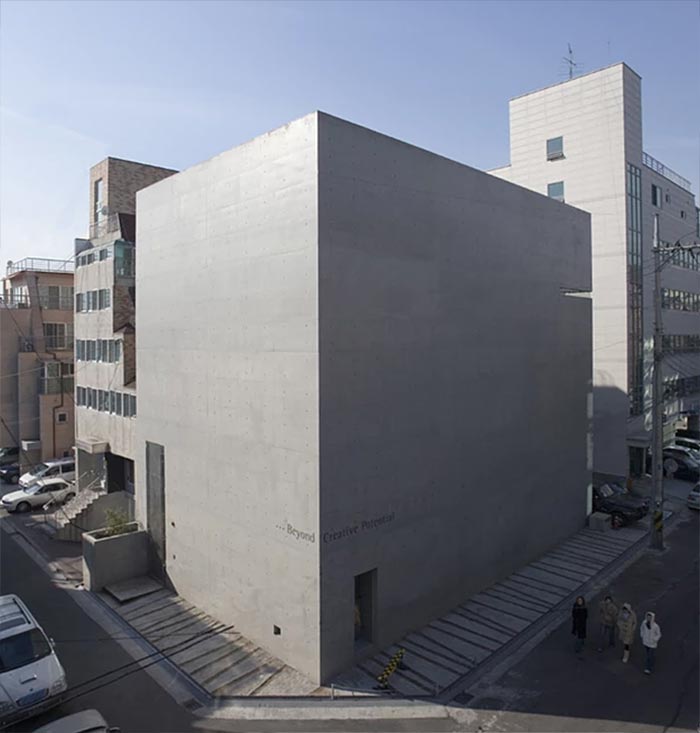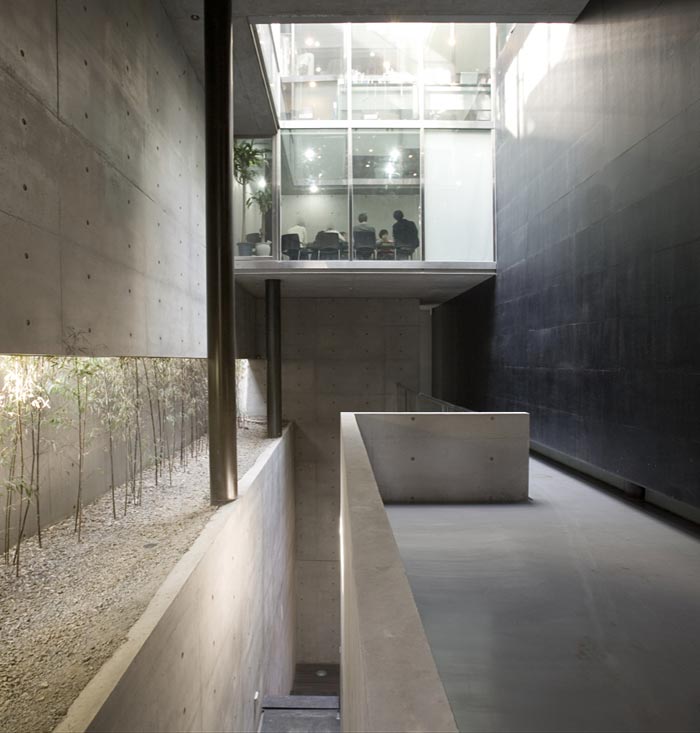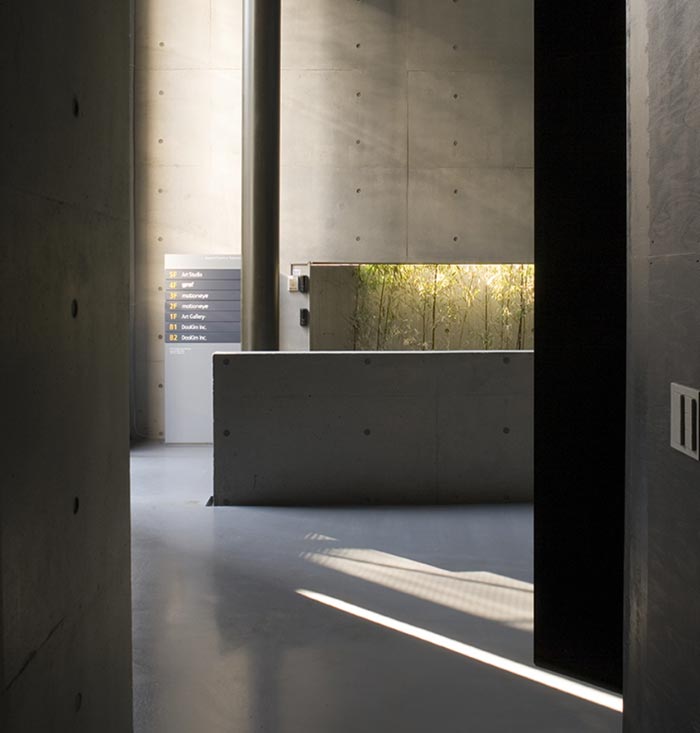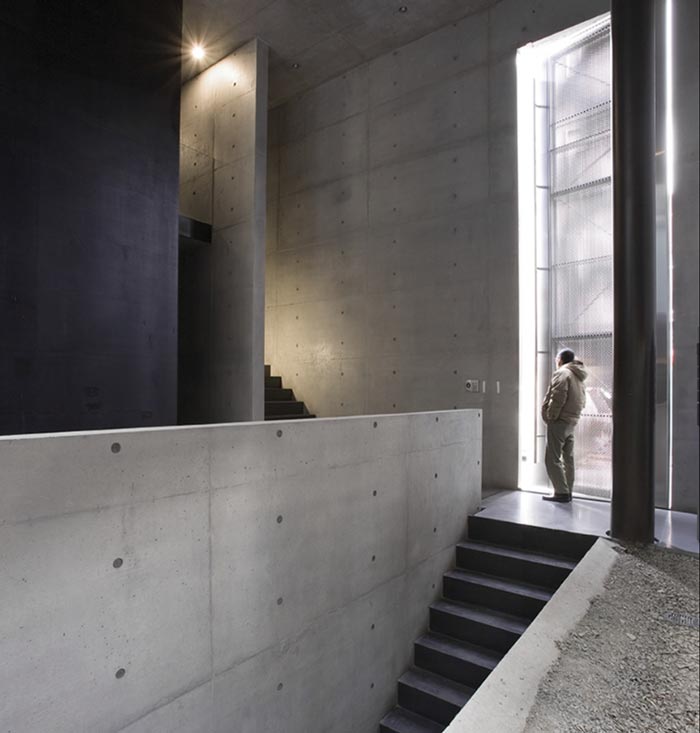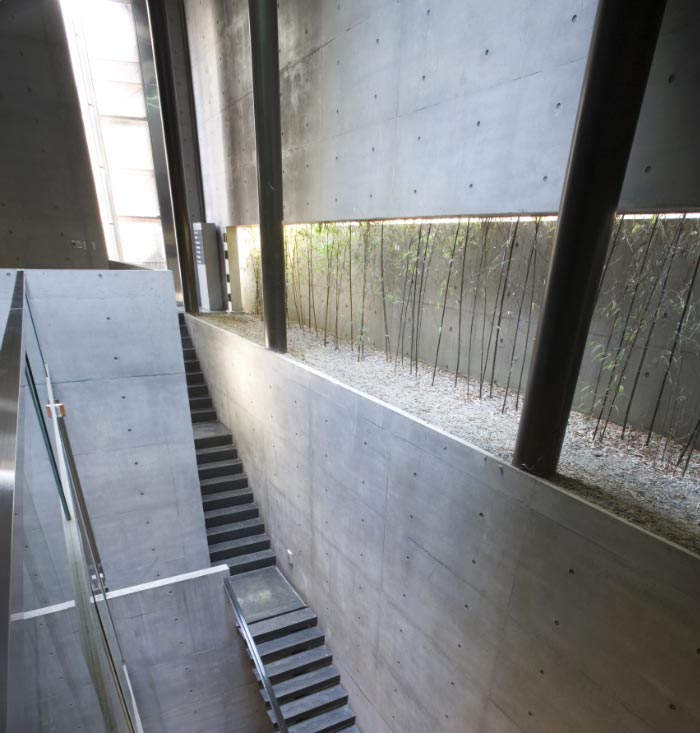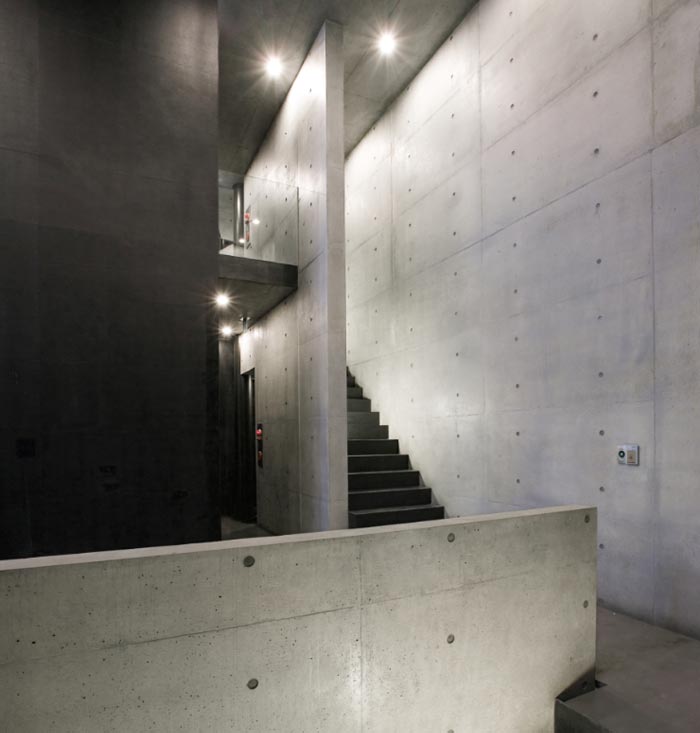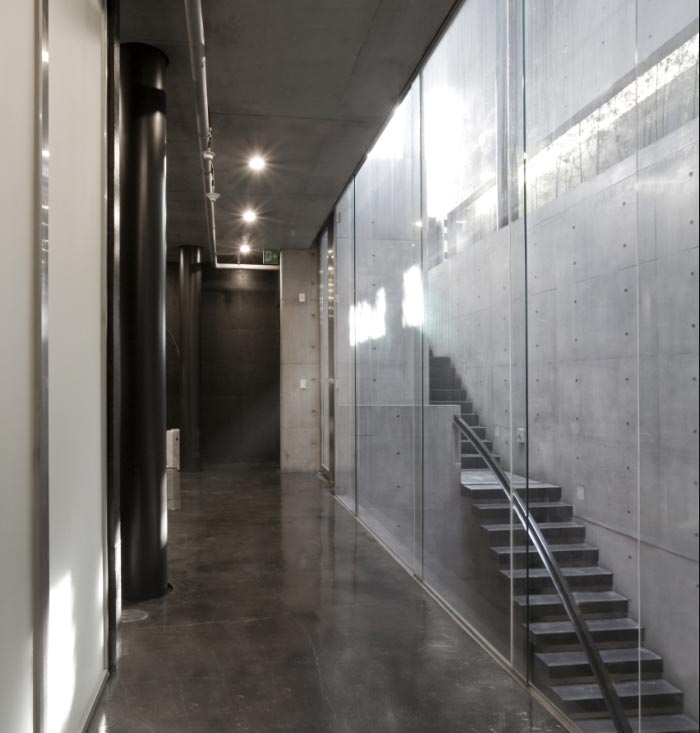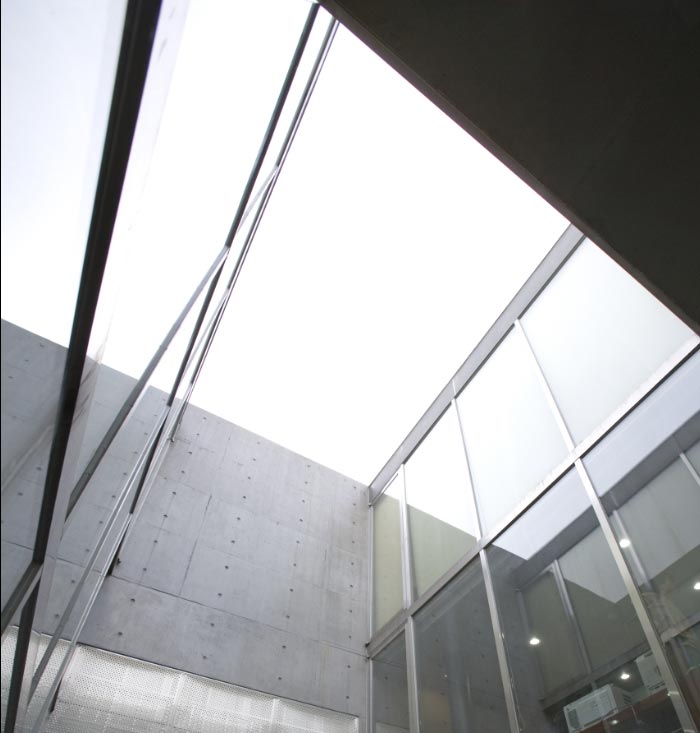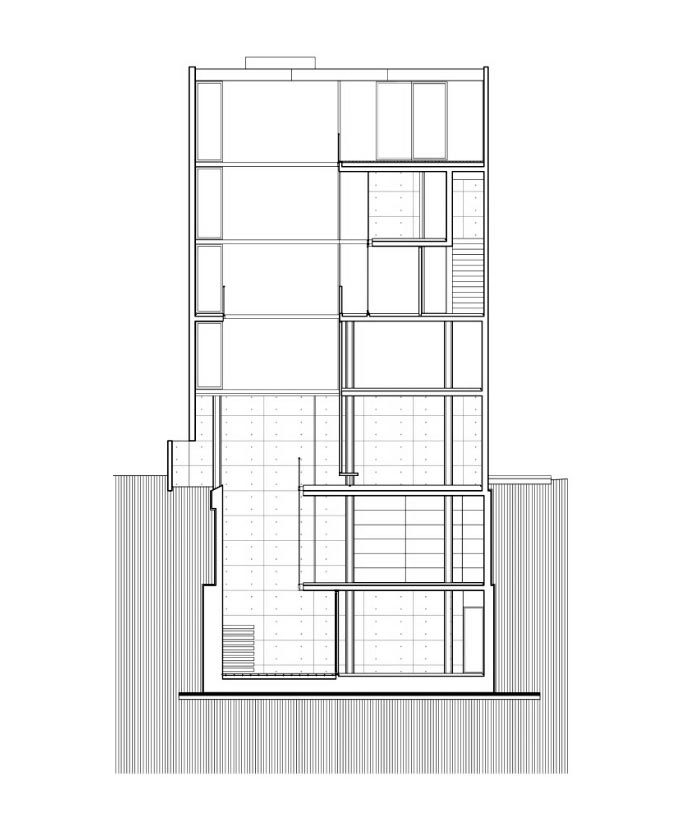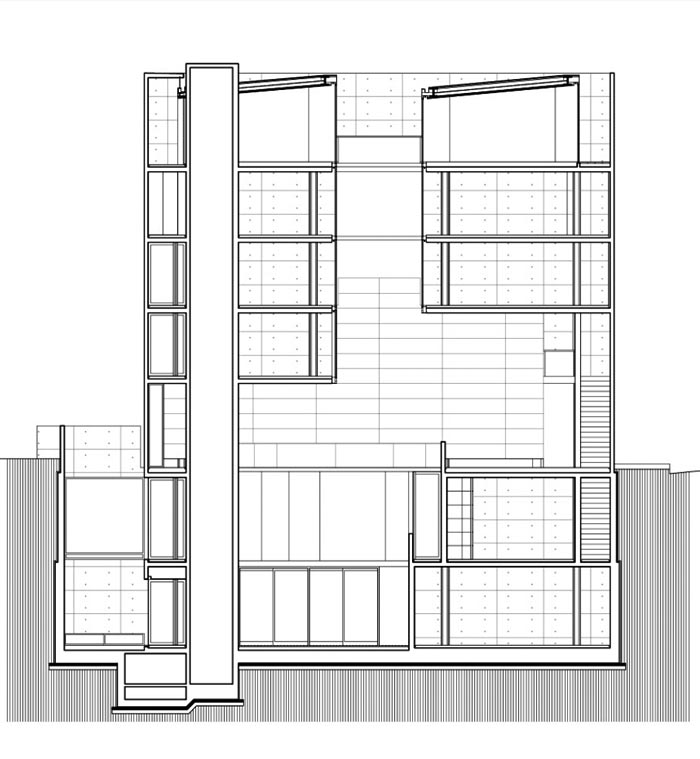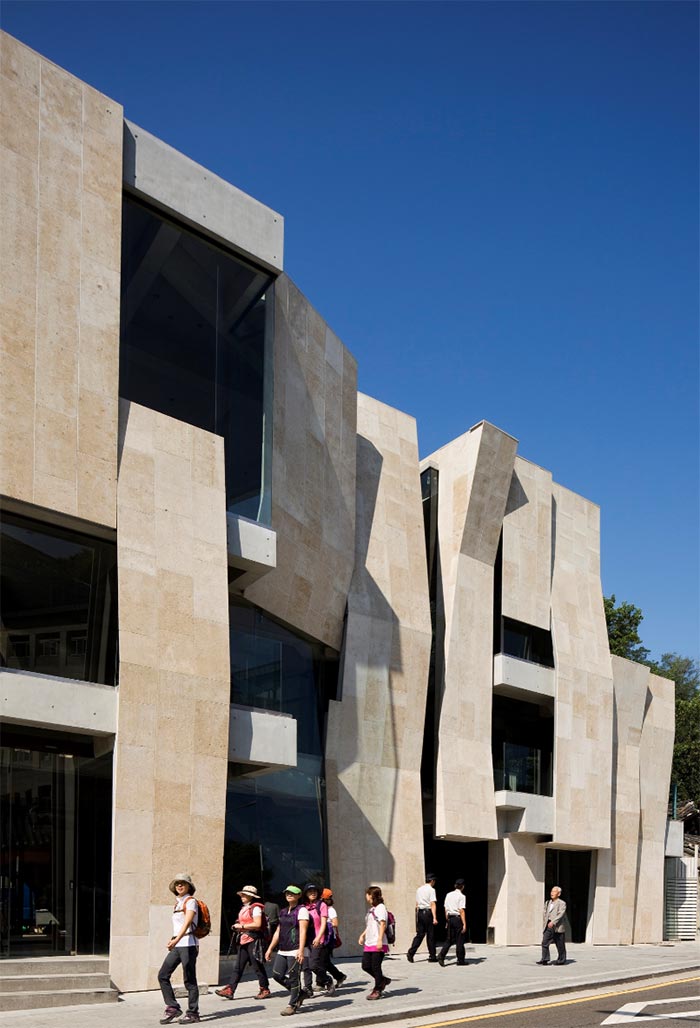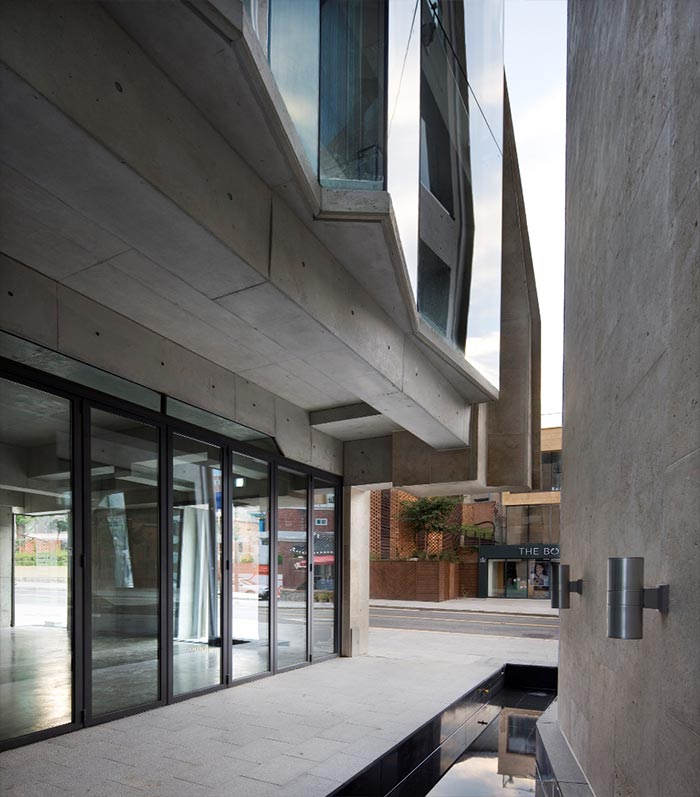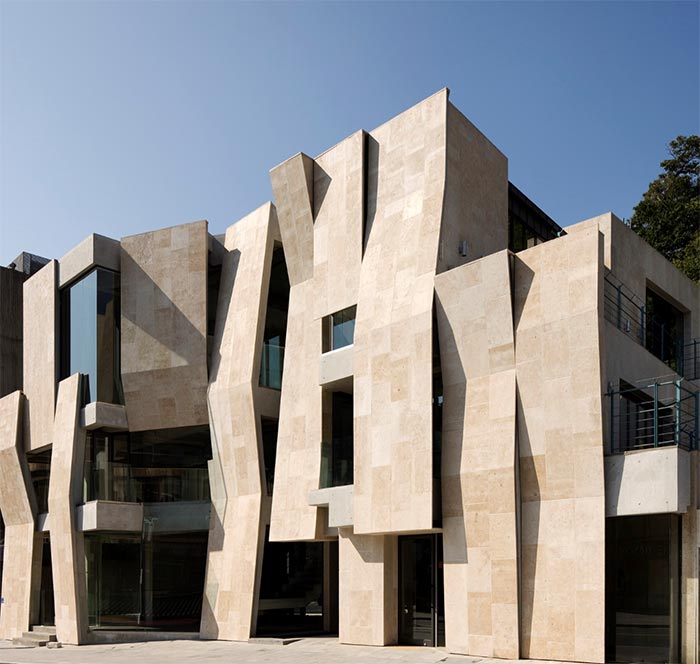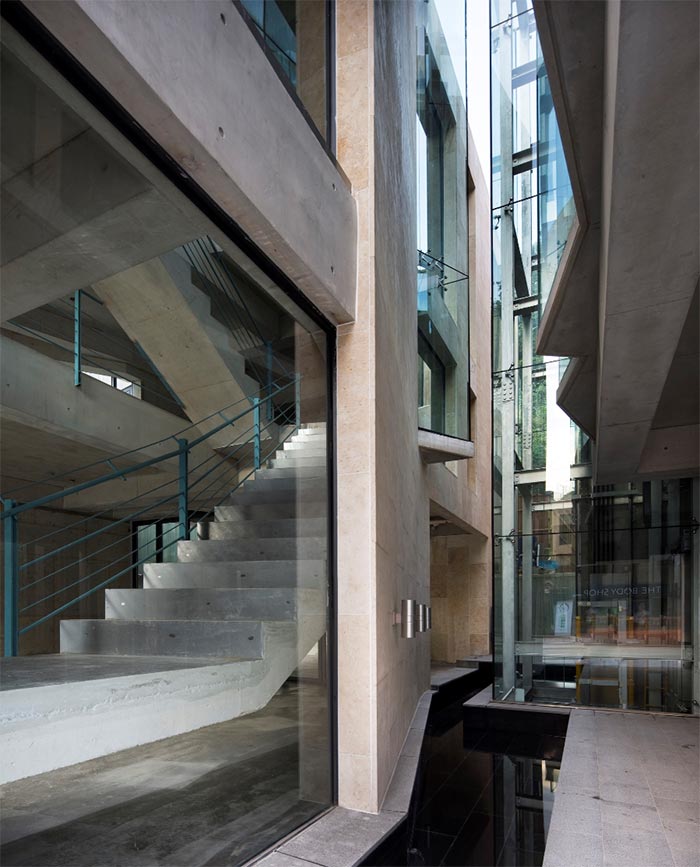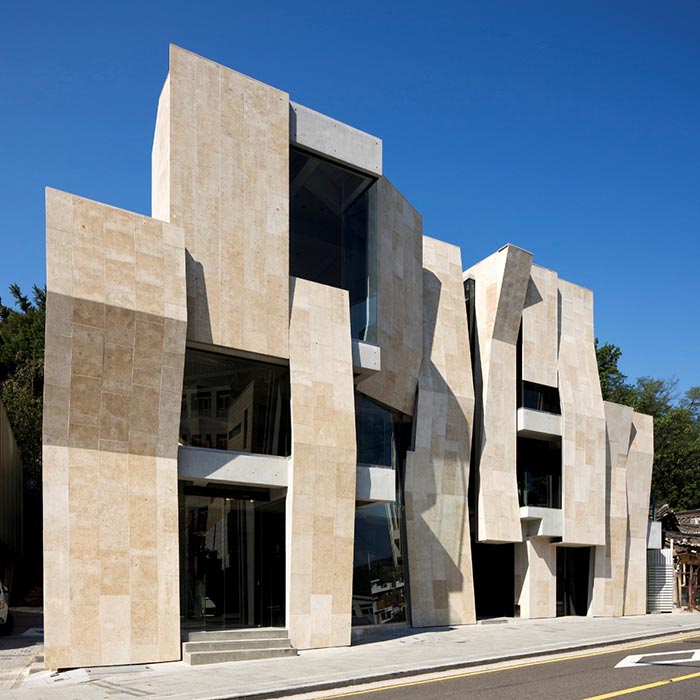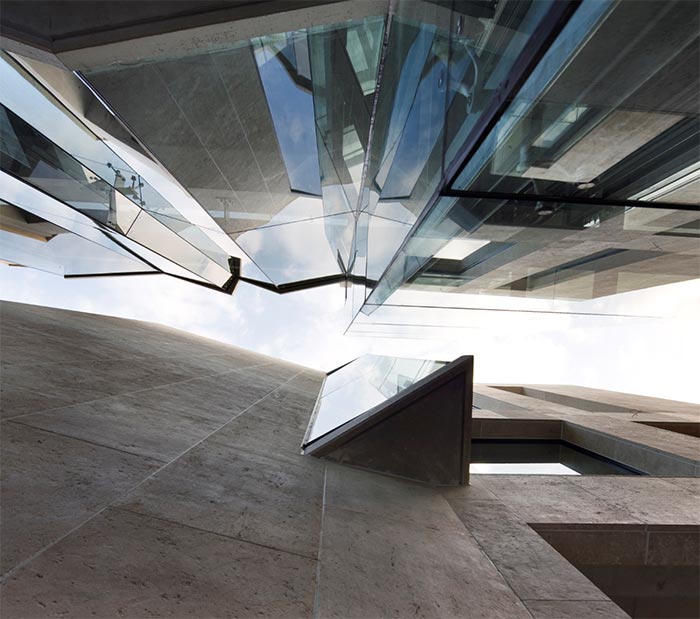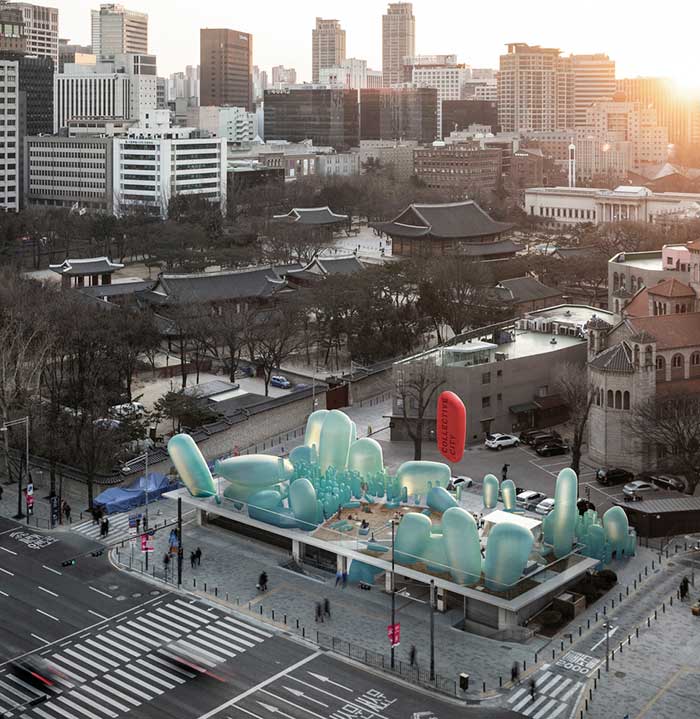
Moscow based office SKNYPL created a new proposal for an inflatable garden atop the Seoul Hall of Urbanism & Architecture in South Korea. Designed as part of the Seoul Maru Competition, the project was made to form a contemporary gathering space for Seoul citizens and tourists alike. Called New Korean Garden, the project aims to complement and update the roof of the Seoul Hall and create a new unique rooftop experience and landmark for the city.
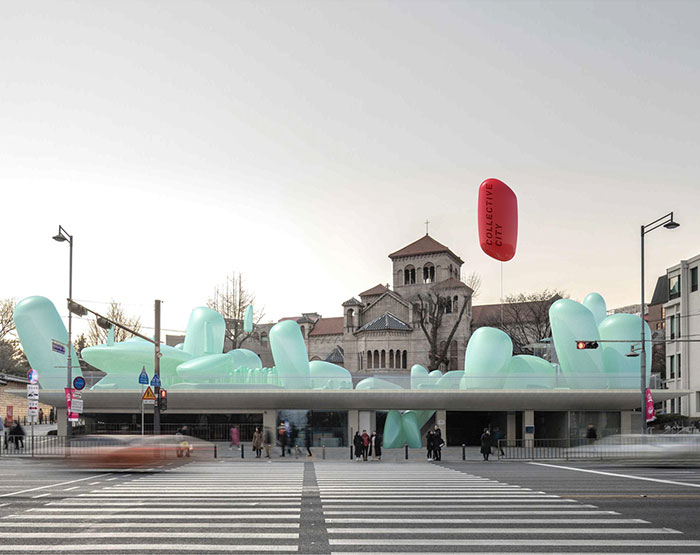
As SKNYPL explains, the project "personifies the Korean garden, explores it and gives it new meanings. Its color and shape evoke associations with plants, stones, and hills, which form the basis of the theory of harmony in the Korean garden. However, this garden is unusual, it is transformed under the influence of new qualities laid in it by context, time and new events – multi-functionality, flexibility, provocation and dialogue, and sustainability." New Korean Garden is made of ETFE material, filled with air, to be light and mobile.
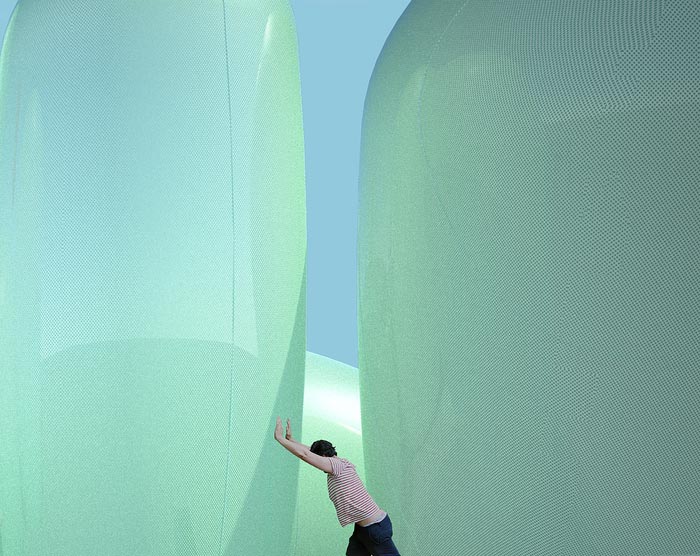
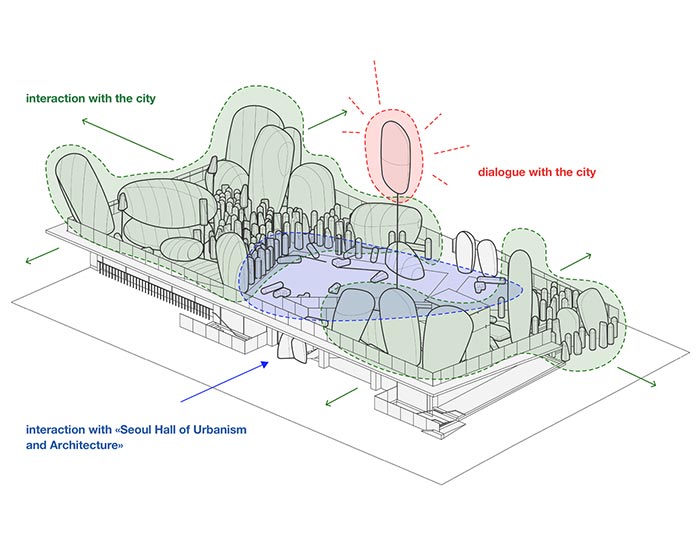
Functionally, the garden's "field of relax" occupies most of the space. It is made for creative and hedonistic rest. There visitors can gather in a group and talk in a relaxed atmosphere, retire and read a book, lie down and watch the city from the outside, and children also have a playground in the city center. The ETFE material is convenient and recyclable, which completes the story of GARDEN SIMULACRUM.
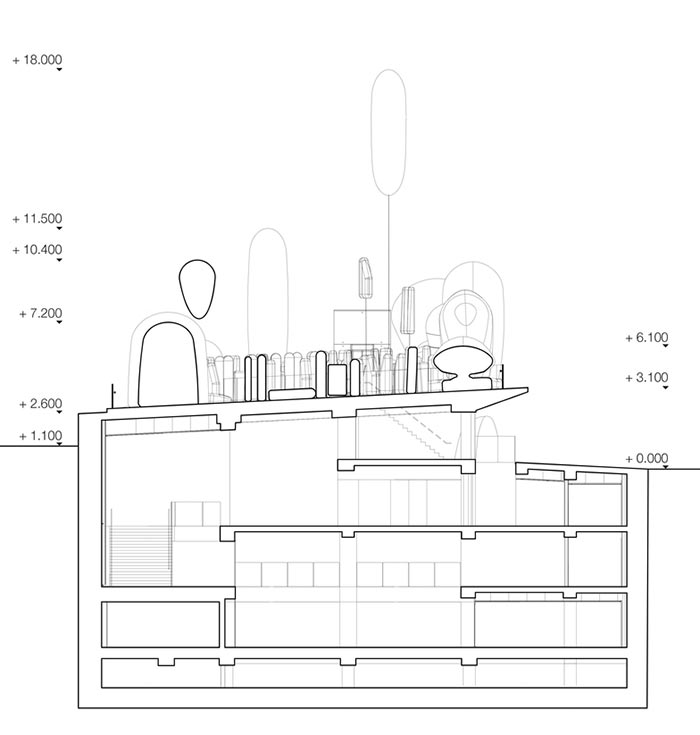
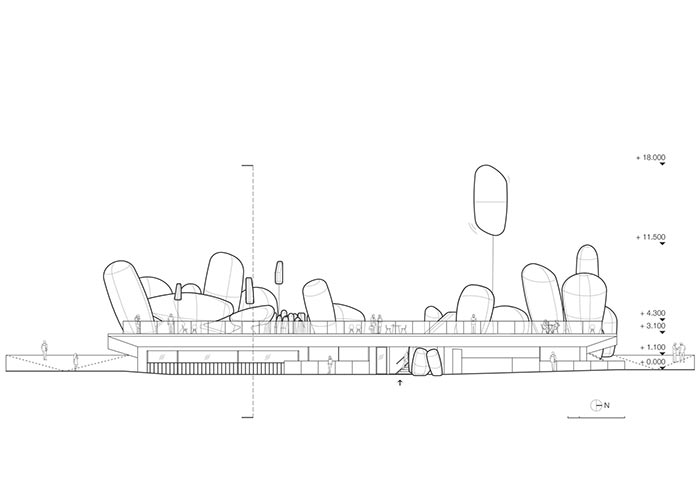
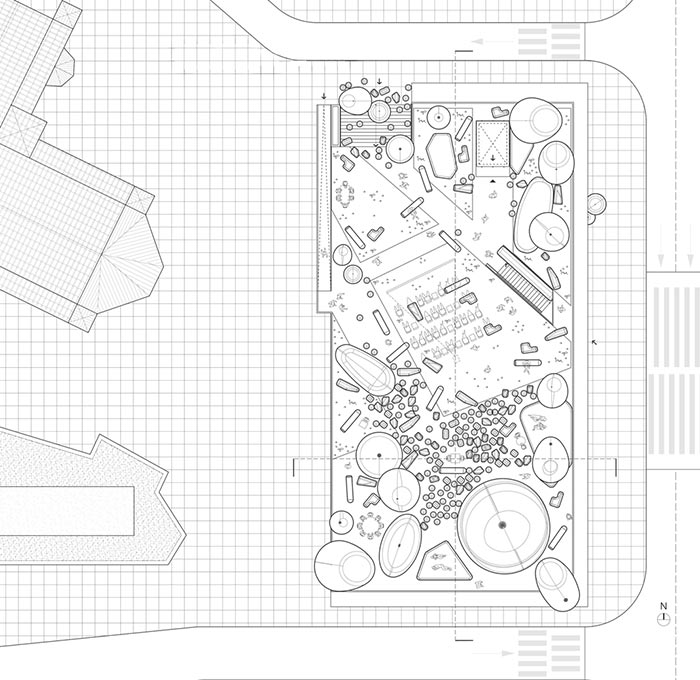
The project would also be an important part of the Seoul Hall of Urbanism and Architecture and a venue for the Biennale. Small elements are extremely mobile and help shape and change the space for lectures and exhibitions. Due to the mobility of objects, there are a lot of unique iterations. Speakers can prepare the site according to their unique vision and give their own special character. The garden and space becomes a living organism that changes over time. All elements would be covered with a pattern of luminous paint. At night, the garden would be transformed through light and sculpture.
SKNYPL

